Greta Facchinato experiments with a pen plotter questioning if it possible to apply the craft of ink-making to digital technology
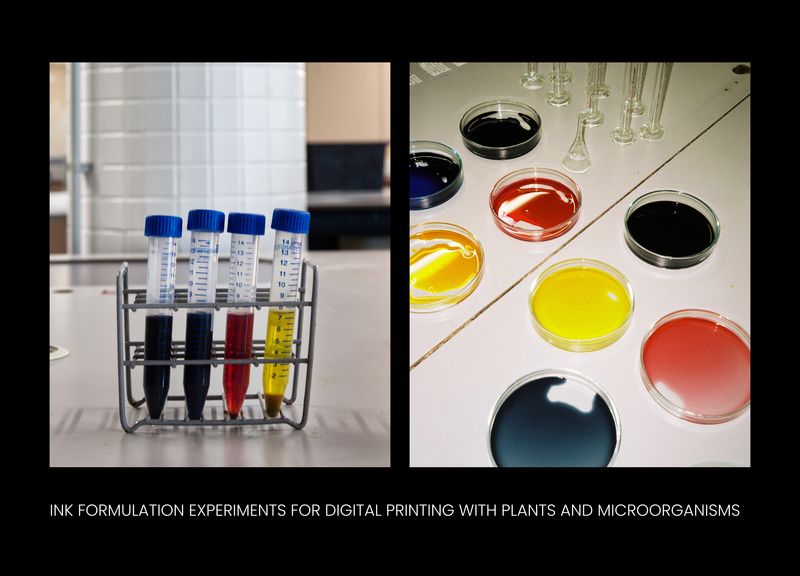
The Ink Project: Between Craft and Technology
Article by Studio Greta Facchinato
The European Printing Ink Association states that every year in Europe around 1 million tonnes of inks and coatings, are consumed by printers of all types of products (source Eupia). Most commercial printing inks contain harmful chemicals, refined oils, and heavy metals that are harmful to our health and the environment. Synthetic dyes, binders, and preservatives represent a substantial cause of water and soil pollution in the printing industry.
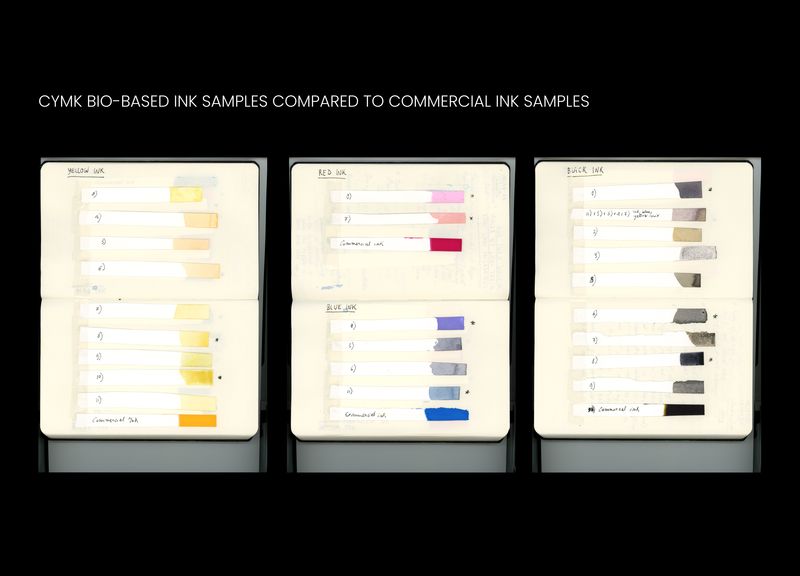
Greta Facchinato, a multidisciplinary artist and designer based in The Hague (NL), seeks an ecological and regenerative approach in the field of printmaking. In 2021, with the project Color is Alive - supported by Grafische Werkplaats Den Haag and Gemeente Den Haag - she created a series of screen prints with organic inks. The project was accompanied by an independent publication containing recipes for making ink with plants, kitchen waste, and urban relics.
Starting from the belief that ink made together with plants and microorganisms is alive and changing, Greta Facchinato highlights how this invites us into a relationship with printing technologies in which the seasons, the soil, and the Ph of the ingredients are alive and part of the conversation.
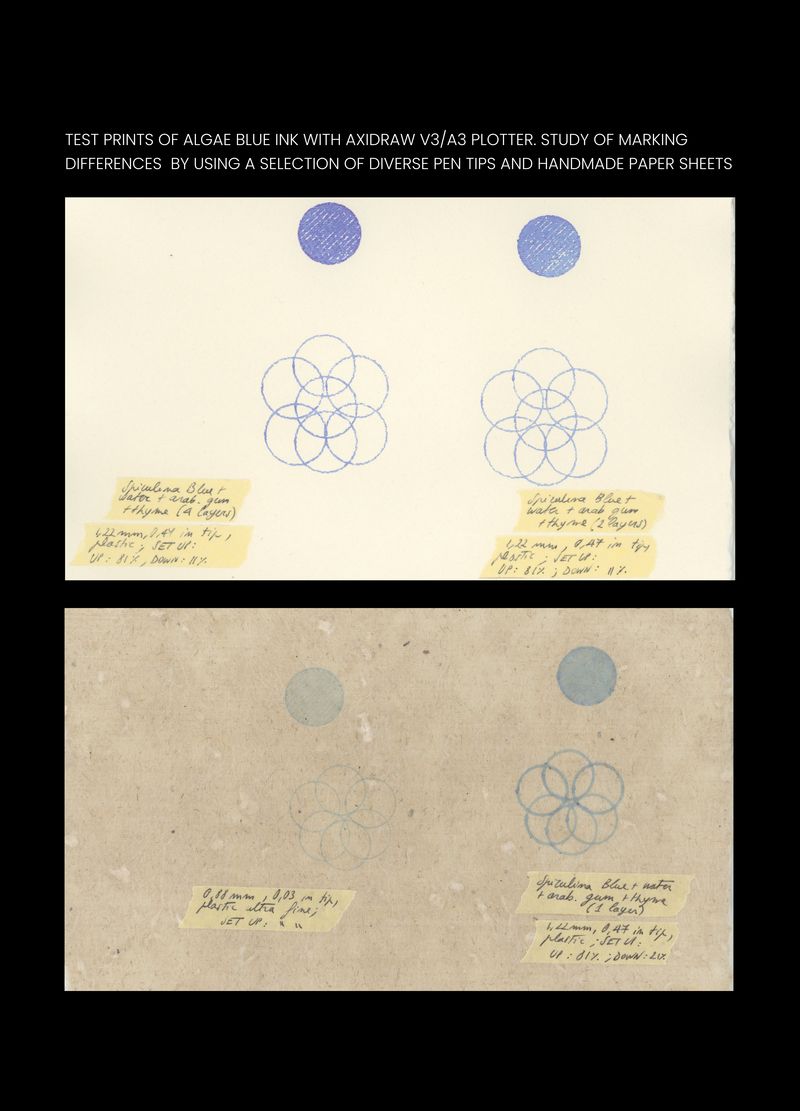
At the beginning of 2023, supported by Stimuleringsfonds Creative Industrie, she started the research, The Ink Project – Between Craft and Technology, with the aim of exploring the potential crossover between the tradition of making ink with organic matter and its application to digital printing. The aim of the project is to stimulate awareness and investigate methods to create ecological solutions in the field of digital printing. Some of the key research questions of the experiments are: how can bio-based ink be adapted to inkjet printing techniques, and how will both behave? Is it possible to apply the craft of ink-making to digital technology taking into account an interconnective approach with our ecosystem?
One of the most important technical acknowledgments learned in the project is that when filling ink tanks or cartridges with bio-based inks, there is a high possibility of clogging the printer nozzles - resulting in a costly malfunction or breakage of the printer itself. In fact, most ink-jet printers are designed to work only with commercial inks, which are stable, sterile, and predictable while inks made with plants and microorganisms are fascinating because of their unpredictability. As part of this process, Greta Facchinato began collaborating with Laboratorium and Formlab of KASK / School of Arts Ghent in order to test her ink formulations for digital printing, specifically on the AxiDraw V3/A3. Given the design of the AxiDraw V3/A3 and its open-source approach, the plotter is an interesting digital printing technology that allows space to experiment without encountering the risk mentioned above. The applied inks were obtained by selecting plants and microorganisms whose colors created a CMYK palette, the color model used by most inkjet printing devices. Various refillable markers were loaded with the above-mentioned inks to test their functionality, in particular with attention to viscosity properties and the appearance of coagulation or blockages. The plotter allowed the researcher to understand the behaviour of inks in relationship to open-source printing technologies more extensively. The Ink Project – Between Craft and Technology, will be shared in the coming months as an online ink archive where research and materials can be consulted.
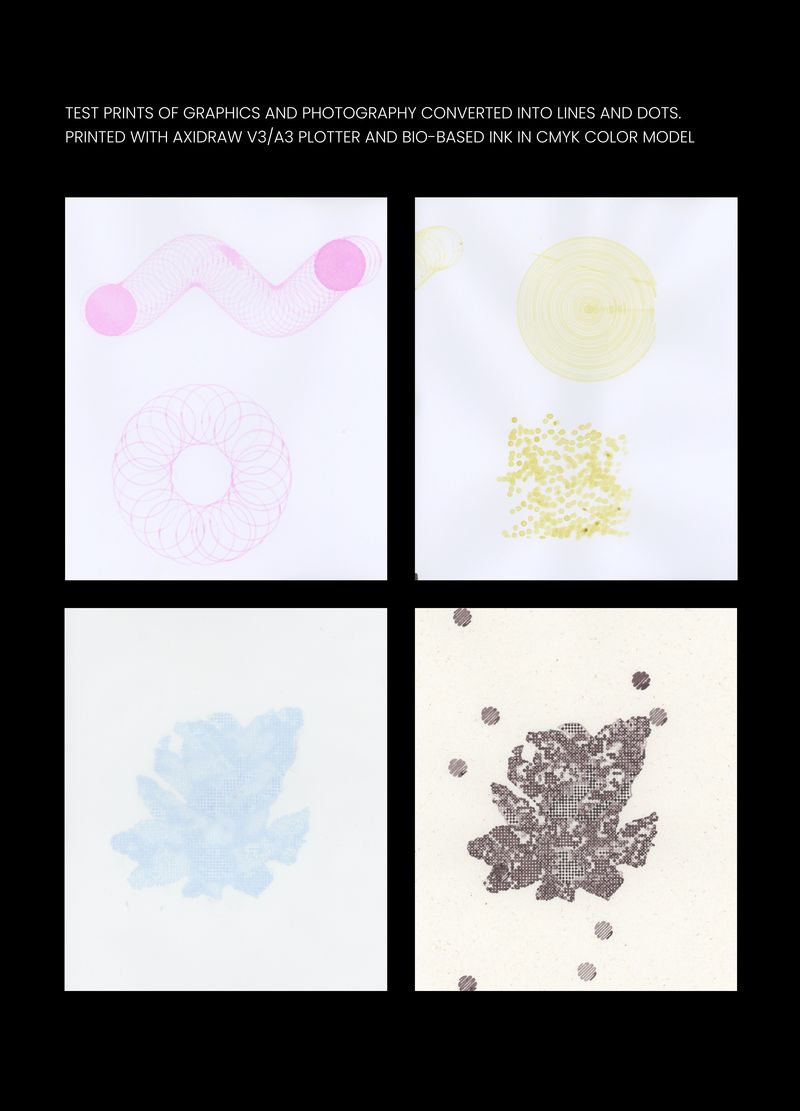
The results of the research are bundled in theinkproject.nl, a website that functions as an online publication and archive. The objective is to foster awareness about inks made with plants and microorganisms and encourage the dissemination of knowledge to strengthen the progression of ecological and regenerative printing practices.
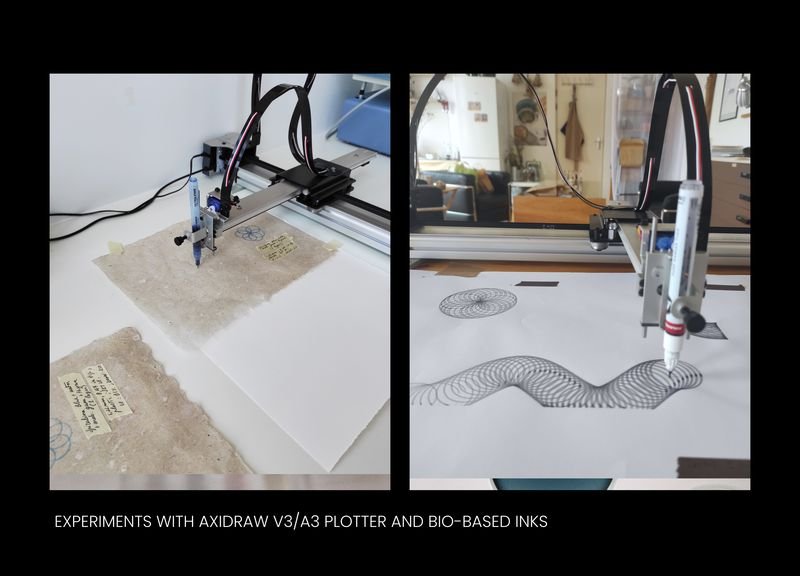
gretafacchinato.com
@studiogretafacchinato
Credits
Artist, Designer and Researcher: Greta Desirèe Facchinato — Studio Greta Facchinato
Made possible by: The Creative Industries Fund NL — Experiment Grant Scheme
Lab - Biochemistry and Fabrication: Blue City Lab (NL). Lab Coordinators during the research: Andes Venken and Merlijn Boer
Garden - Tinctorial plants: The Garden of Colors and its community — Pluk Den Haag (NL)
Fungal Ink - Feasibility tests: Nick van Biezen — Bio-aNAlytiX van Biezen (NL)
Ink formulation - Analyses support
Jos Poolman PhD — chemistry teacher at Hogeschool Rotterdam and researcher at BlueCity Lab (NL)
Ink Project Minor Group — biochemistry students Hogeschool Rotterdam (NL)
Ink archive - Plants documentation
Raquel Sánchez Gálvez (NL)
Greta Desirèe Facchinato
Research - Process documentation
Dirk-Jan Visser — documentary photographer (NL)
Open-source printer: FormLab Ghent — 3D-print and -scan lab of the School of Arts Ghent (BE); Laboratorium Ghent — experimental lab for art/design and biotechnology at KASK / School of Arts Ghent (BE)
Microalgae pigments contribution: Laboratorium Ghent — experimental lab for art/design and biotechnology at KASK / School of Arts Ghent (BE); Organic Matters, Laura Freixas — researcher at Elisava Research (ES); Algalif — microalgae cultivation for astaxanthin products (ISL); AminoSwiss — Natural Astaxanthin (CH); Alga.farm — Cultivation of Spirulina (NL)
Sustainable and ethical Gum Arabic: Foga Gum — Fair trade Gum Arabic (NL)
Paper - Handmade and Plant-based: Loes Schepens — Paper Art & Design (NL)
Archive wed/logo typeface: Grotta - Designed by Due Studio (IT)
Paper - Handmade and Plant-based: Loes Schepens — Paper Art & Design (NL)
Archive wed/logo typeface: Grotta - Designed by Due Studio (IT)